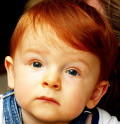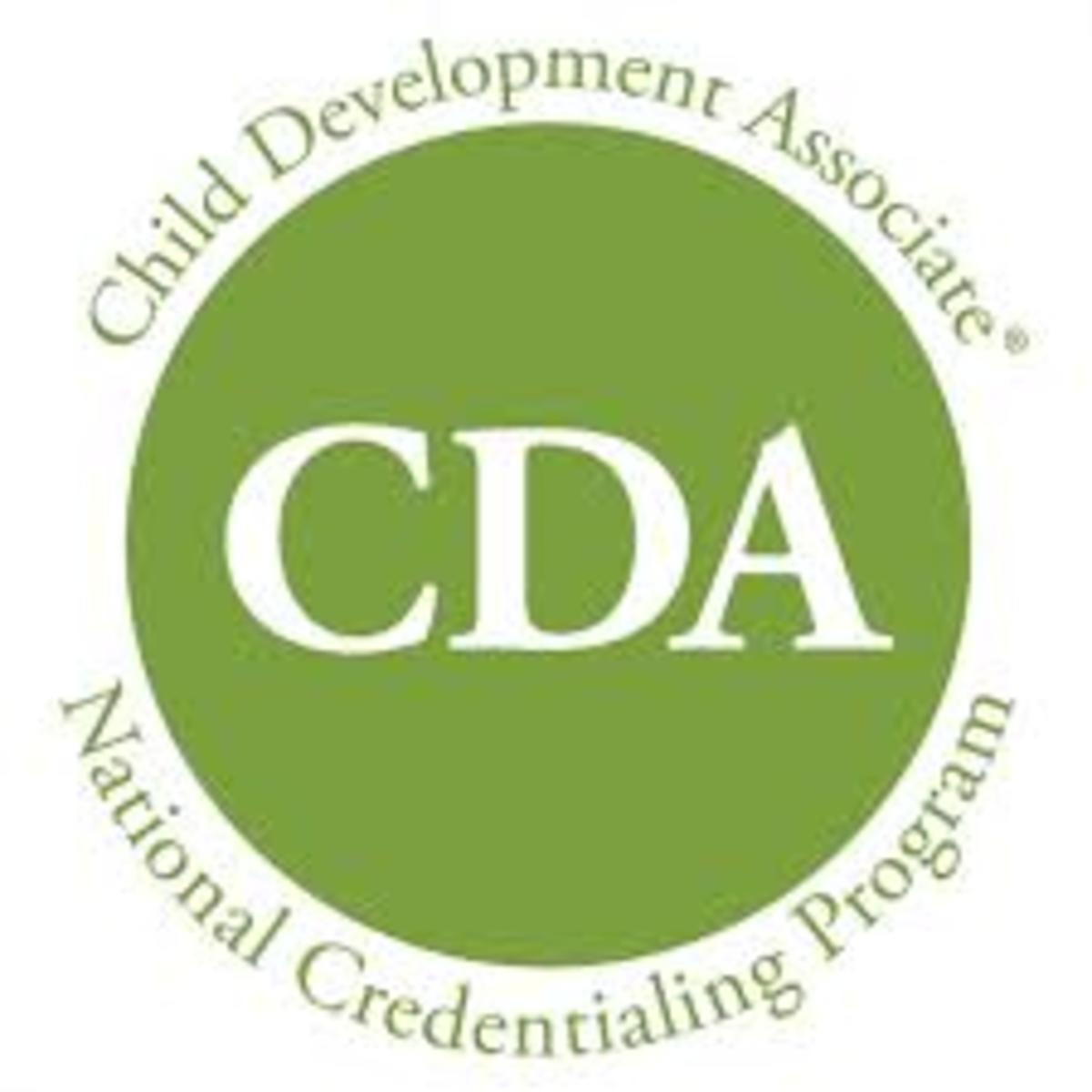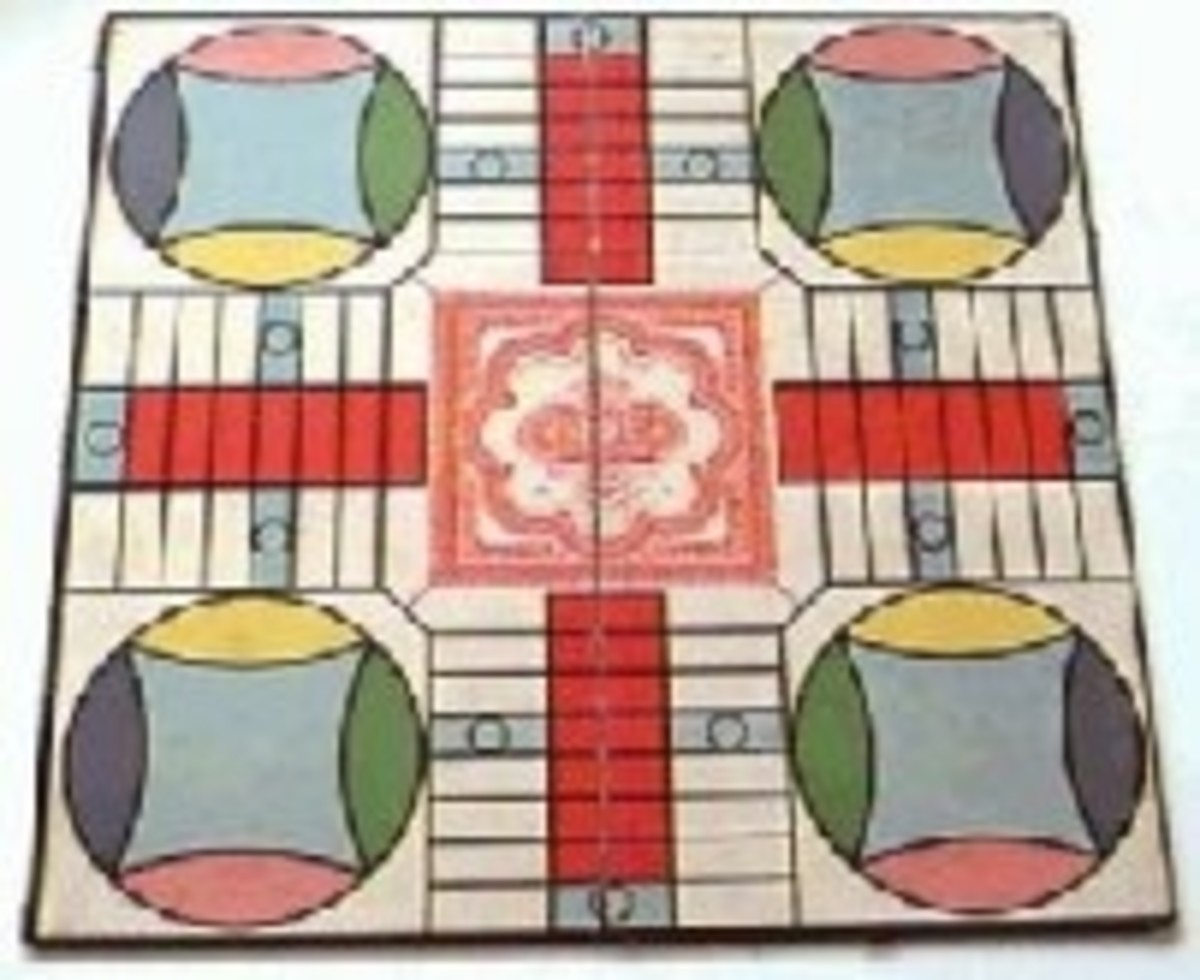- HubPages»
- Family and Parenting»
- Kids»
- Children's Growth & Development
How to Develop Phonological Awareness in Preschoolers
First of all, what exactly is phonological awareness? If we are going to develop awareness in preschoolers, it helps if we have some idea ourselves.
It’s not an ability of preschoolers to use the phone, though it might be useful to them when using it!
Phonological awareness means being able to listen, recognize and use sounds in language. This includes sentences and the smaller parts of sentences, including words, syllables and even smaller parts known as “onsets”, “rimes” and “phonemes”.
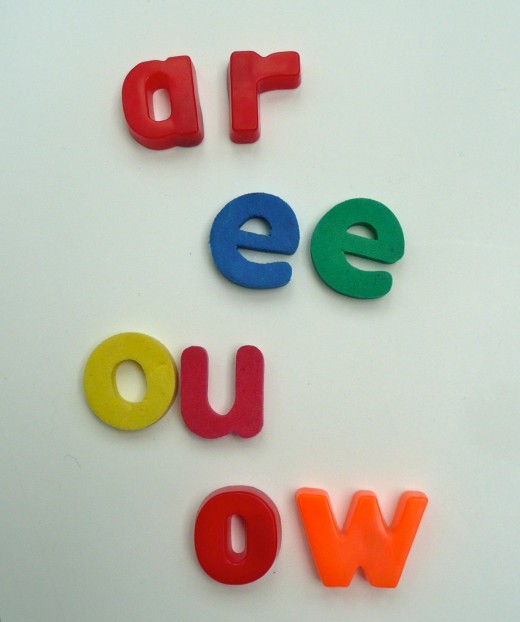
The parts of Language
Phonemes
Phonemes (pronounced foe-neem) are the smallest unit of meaningful sound in a language. There are 44 phonemes.
In English l is a phoneme, so is r. So too are ch and th.
The first two of those sounds are clearly distinguished in the English language so that we know the words rice and lice have completely different meanings. But this is not the case in every language. In Chinese languages there is no distinction between these two sounds – in other words they have no separate meaning. Hence the difficulty Chinese speakers sometimes have in using the letter r when speaking English, with results that English speakers sometimes find amusing.
It seems hard for us to imagine those two sounds having the same meaning and yet that is the reality for Chinese speakers.
Small children often confuse phonemes. When she was three, a niece of ours delightedly sang a song about the “Yady with the ayyigator purse.” Like Chinese speakers, she was confusing the sound l with another sound, only she substituted y (pronounced as in yacht, not sky.)
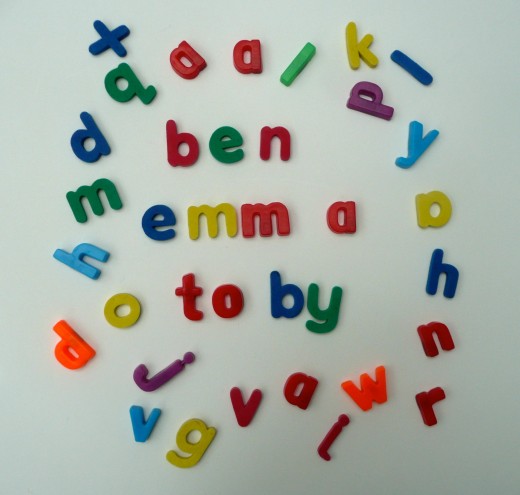
Syllables
Most of us know what a syllable is even if we couldn’t explain it. (And no, it’s not a dessert made with cream, nor a drink made with milk and brandy. That’s syllabub.)
Broadly speaking, syllables are larger units of sound than phonemes. A syllable has at least one vowel and usually has a consonant, although vowels can sometimes be syllables on their own, particularly a and I. As with almost everything in the English language there are tricky exceptions, for instance when the letter y is used instead of a vowel, as in the word sky.
The word cat has only one syllable because it has only one vowel, and is pronounced as one. Calendar is made up of three syllables, cal en dar.
Onsets and rimes are parts of a syllabub – oops I mean syllable! The onset, as you’ve probably guessed, is the first part – everything before the vowel. In swim it would be sw. The rime isthe vowel and anything after it, so in swim it’s im.

So now that we have some Phonological Awareness, how do we help our preschoolers develop it?
And why would we want to?
I’ll answer that second question first.
If we go back to my niece with her yady and her ayyigator, we can easily see that learning to read would be easier once she has mastered the different sounds of language. Phonological awareness is about sounds only, and does not involve reading, but it prepares children for reading and makes it easier for them to read.
How to Develop Phonological Awareness
The answer is not: by telling your child that he or she got it wrong, or by correcting every mistake.
Instead make learning fun,
And this is how that’s done!
You know how to do it already,
If you take it slow and steady.
Rhymes
Rhymes are a natural way to teach children phonological awareness, and have been used for centuries.
Rhyming songs like The Lady With The Alligator Purse help children learn to distinguish sounds and also helps them memorize words.
Preschools do this in a semi-formal way, but still make it fun.
As a parent you already sing nursery rhymes with your children. You can do so now, knowing that you are also helping them to prepare for reading.
Here are a few suggestions of ways to include rhymes in everyday life:
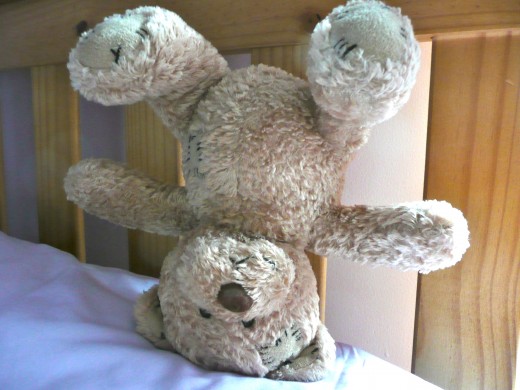
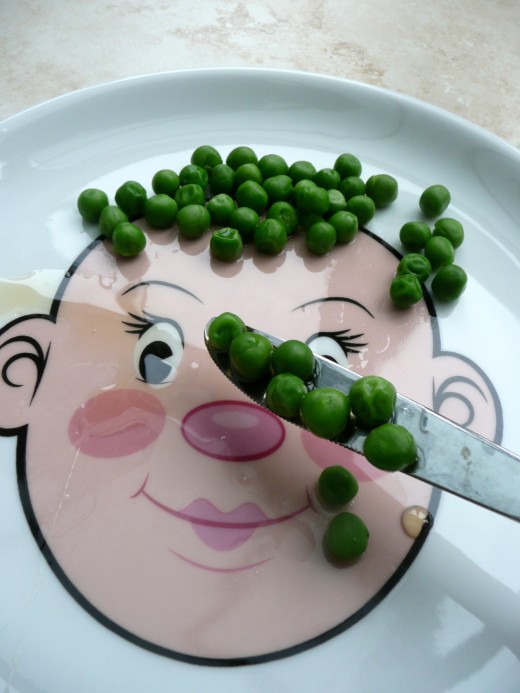
While doing chores, you and your child can make up songs.
We make the bed,
Stand ted on his head
Pat the cat,
And vacuum the mat.
(Ssh, secret tip for parents: you don’t need to think up Nobel Prize winning poetry.)
It doesn’t even have to make sense: kids love nonsense rhymes! So make your rhymes as silly as you like.
Let your children think up the rhymes as often as you can. For instance, while making the bed in the scenario above, you could say: “We make the bed, and we find…”
Your child would then say, “Ted.”
We all learn better when actively engaged in the learning process.
Here’s a nonsense poem for mealtimes:
I eat my peas with honey,
I’ve done it all my life.
It makes the peas taste funny
But it keeps them on the knife.
Nobody knows who wrote this poem, but not only does it have great rhymes, it will give you plenty to talk about over dinner!

Some tips on developing Phonological Awareness
Some Books and interactive programs to help your child develop phonological awareness available on Amazon

Alliteration
Kids love tongue twisters such as: She sells sea shells on the sea shore, and they love it even more when adults get muddled up too. In fact you can deliberately get it wrong (not hard with: she sells sea shells) and your child can then correct you. Allowing children to correct adult’s “mistakes” is one of the ways many experts recommend for teaching phonological awareness.
Another alliteration game that children love and that also teaches them the alphabet at the same time is to go through the alphabet thinking of names and “pets” with the same letter. (The pets don’t need to be actual pets, but any animal you choose. Children love thinking up outlandish animals to own.)
Here’s how it goes:
My name is Annabella and I own an aardvark.
My name is Ben and I own a bunny.
My name is Carly and I own a cat.
My name is Dad and I own a dinosaur.
You’ve got it now, I’m sure! As your children grow you can add in place names and jobs to this game, for example: My name is Ellie, I come from England, I’m an engineer and I own an eagle.
(Ssh, secret tip for parents: This game is great for times when your kids are bored, especially during that extremely tedious job of checking your child’s hair for lice.)
Clapping Games
Clapping games are a great way to teach children about. As you sound out each syllable accompany it with a clap.
A good place to start is with names.
You can even sing the names at the same time!

A reminder of the Golden Rules
Have fun.
Don’t correct. (But do model.)
Let your children sometimes take the lead.
Have fun!



